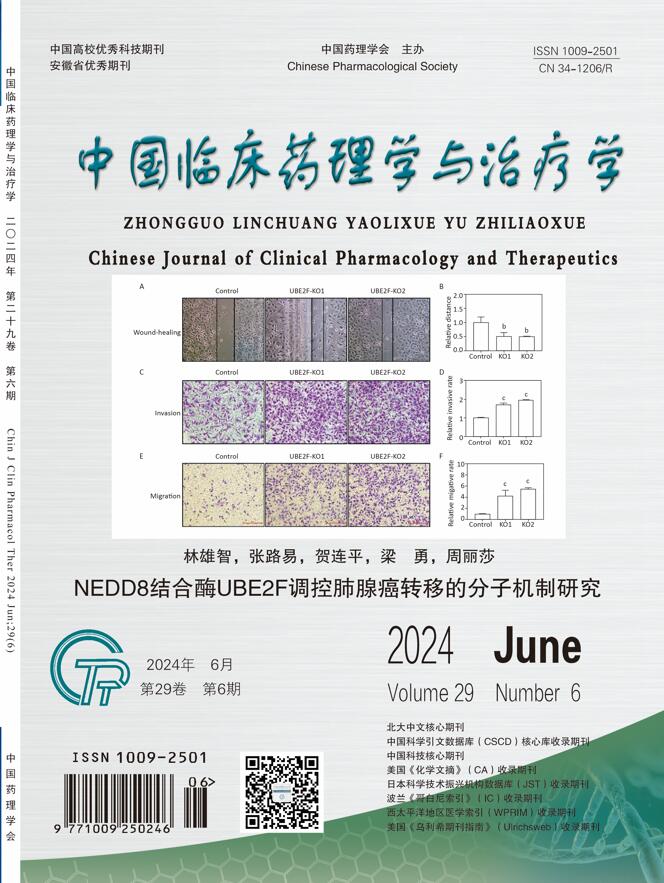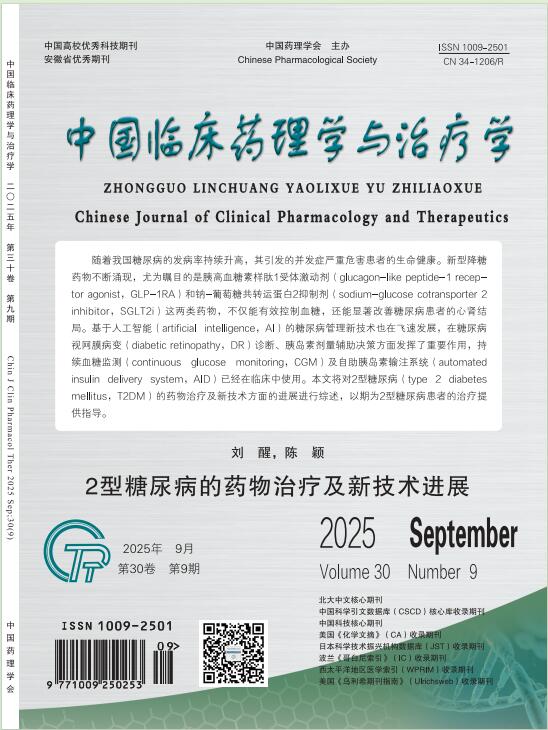AIM: To explore the potential targets and mechanisms of Angelica sinensis and Astragalus membranaceus ultrafiltration (RAS-AM) in the treatment of radiation induced myocardial fibrosis (RIMF) through network pharmacology combined experimental validation. METHODS: Using the TCMSP database TCM@TAIWAN The Taiwan Traditional Chinese Medicine Database and TCMID Traditional Chinese Medicine Database screen the components and targets of RAS-AM, and use the Swiss Target Prediction database for target prediction. Obtain RIMF disease targets from Gene Cards and OMIM databases, obtain intersection targets of diseases and drugs through Wayne's online tool, obtain protein interaction relationships (PPIs) through STRING database, and use Cytoscape 3.9.1 software to construct a visualized network topology diagram of "drug component target disease". Conduct GO and KEGG enrichment analysis on core targets through the David database, and use the microbiome platform for mapping. Experimental verification: Sixty Wistar rats were randomly divided into a blank group, a model group, a positive drug group, a RAS-AM low-dose group, a RAS-AM medium dose group, and a RAS-AM high-dose group. A RIMF model was established using a 38Gy dose of radiation induction, and was administered orally for 4 weeks. The general condition of the rats was also observed. After blood and heart collection in rats, HE staining was used to observe the morphological changes of myocardial tissue, and ELISA and Western blot methods were used to detect key targets for network pharmacology prediction. RESULTS: Network pharmacology analysis revealed 34 active components and 705 targets of Angelica sinensis and Astragalus membranaceus ultrafiltration, with a total of 154 targets, with IL-6, VEGFA, MMP2, MMP9, and ACE as the top five core targets; GO enrichment analysis screened a total of 153 entries, and KEGG enrichment had 25 pathways. Experimental part: HE staining results showed that the degeneration and necrosis of myocardial cells improved in each medication group, the infiltration of inflammatory cells in the myocardial interstitium decreased, and the proliferation of fibrous connective tissue in the myocardial interstitium decreased. ELISA and Western blot results showed that compared with the normal group, the expression of IL-6, VEGFA, and MMP-9 in the model group increased. Compared with the model groupthe expression of IL-6, VEGFA, and MMP-9 in each medication group decreased to varying degrees, in a dose-dependent manner. CONCLUSION: RAS-AM may inhibit RIMF by downregulating core targets such as IL-6, VEGFA protein, MMP-9 protein, and regulating inflammatory pathways, collagen degradation, and other processes.


